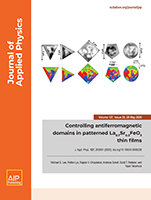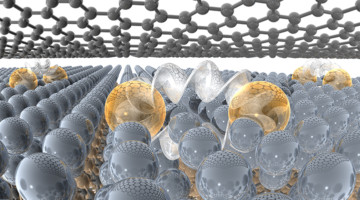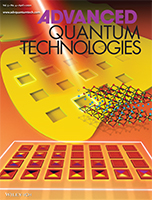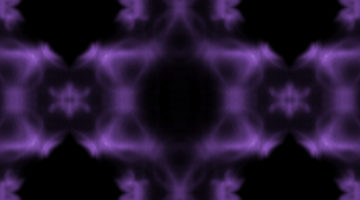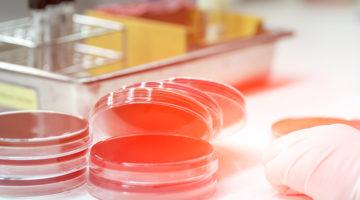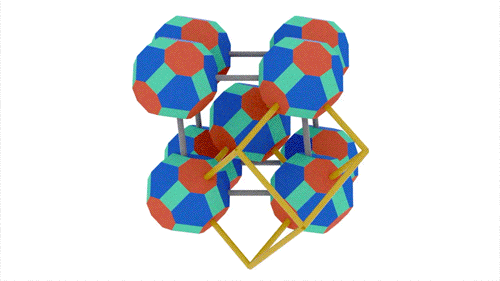Antiferromagnetic spintronics have gained interest because they can be controlled at terahertz frequencies and are insensitive to external magnetic fields. Due to dimensional confinement as well as microstructuring by ion implantation, the spin axis of an antiferromagnetic oxide can be robustly controlled in a deterministic way up to room temperature. Read more »
A Scalable Platform for Two-Dimensional Metals
Using a new method for stabilizing a two-dimensional (2D) metal on a large-area platform, researchers probed the origins of the material’s superconductivity. The work represents a notable milestone in advancing 2D materials toward broad applications in topological computing, advanced optics, and molecular sensing. Read more »![]()
![]()
Highly Enhanced Curie Temperature in Ga‐Implanted Fe3GeTe2 van der Waals Material
Researchers report an effective and reliable method of increasing the Curie temperature of ferromagnetic Fe3GeTe2 (FGT) van der Waals (vdW) material by Ga implantation, opening a new opportunity for tailoring the magnetic properties of vdW materials beyond room temperature for future spintronics applications. Read more »
Elusive Kagome Electronic Structures Revealed
Electronic-structure studies showed that both infinitely light and infinitely massive particles coexist in a material with a star-shaped (kagome) crystal lattice. The material’s rich array of electronic behaviors shows promise for future spintronic applications and represents a new frontier for studying exotic phases of matter. Read more »![]()
![]()
A Graphene Innovation That Is Music to Your Ears
A California-based company called GraphAudio is moving toward commercializing graphene-based audio technology developed by researchers at Berkeley Lab and UC Berkeley. The technology could transform a variety of devices, including speakers, earbuds and headphones, microphones, autonomous vehicle sensors, and ultrasonic and echolocation systems. Read more »
Turning Up the Heat on Antibacterial-Resistant Diseases
Scientists have designed a biocompatible polymer that has the potential to advance photothermal therapy, a technique that deploys near-infrared light to combat antibacterial-resistant infections and cancer. The team synthesized the polymer by stringing together small molecules called ionic azaquinodimethanes, which they characterized at the ALS. Read more »
The Choreography of Quantum Dot Fusion
X-ray scattering experiments helped reveal how nanosized crystals (“quantum dots”) self-assemble and fuse to form “supercrystals” with potentially useful electronic properties. The findings provide new insight into the fabrication of high-performance, low-cost electronic materials for photovoltaic and photon-sensing applications. Read more »![]()
![]()
Freeze Frame: Scientists Capture Atomic-Scale Snapshots of Artificial Proteins
Protein-like molecules called polypeptoids have great promise as precision building blocks for creating a variety of designer nanomaterials. In this study, rsearchers used cryo-EM, a technique originally designed to image proteins in solution, as well as x-ray scattering techniques, to characterize the structure of polypeptide nanosheets. Read more »
The Beauty of Imperfections: Linking Atomic Defects to 2D Materials’ Electronic Properties
Two studies reveal surprising details on how some atomic defects emerge in transition metal dichalcogenides (TMDs), and how those defects shape the material’s electronic properties. The findings could provide a more platform for designing 2D materials for quantum information science and smaller, more powerful optoelectronics. Read more »
Self-Assembling Nanomaterials Are Organized and Tunable
Perovskite superlattices have a wide variety of applications, but they are difficult to synthesize. Researchers have now characterized their self-assembly process to better understand how to create a variety of superlattice materials. Read more »
- « Previous Page
- 1
- …
- 11
- 12
- 13
- 14
- 15
- …
- 26
- Next Page »
